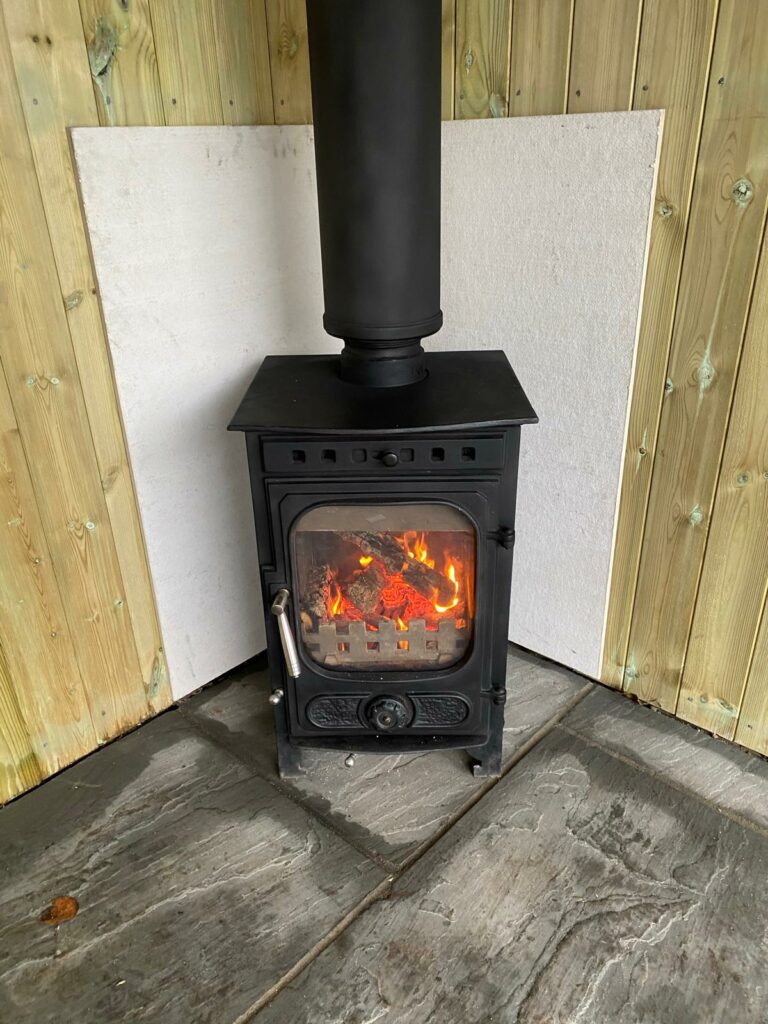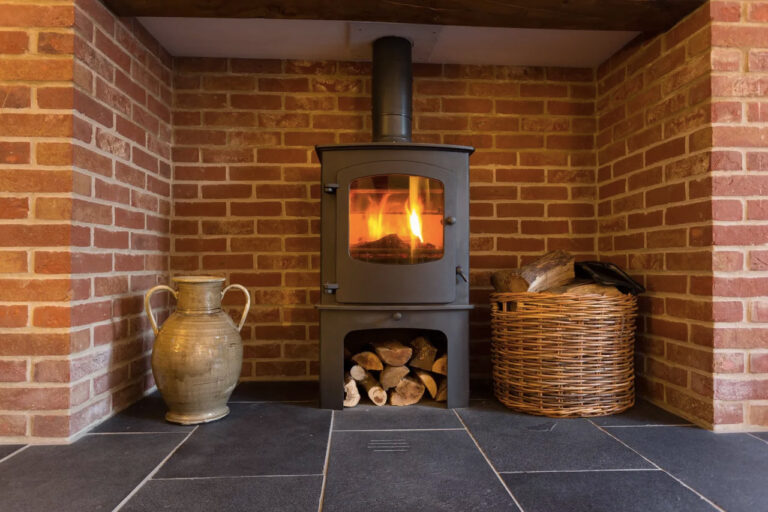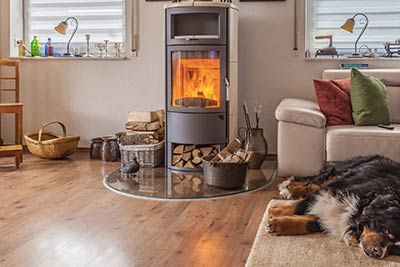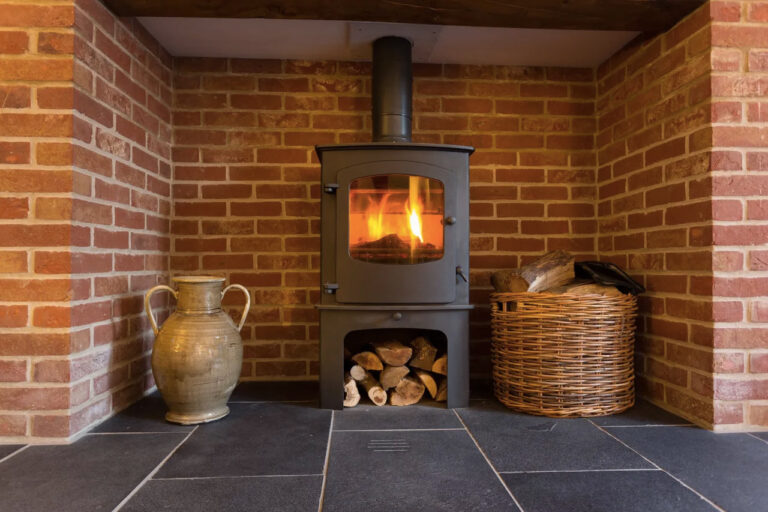The soothing feeling that follows the warmth from your home heating source pampering your body during winter is one to anticipate. Not to forget the blend of beauty, tradition, and cosiness it adds to your home. In this article, you’ll discover why wood burners and wood-burning stoves are a great choice. And against popular belief, you’ll see that wood burners/wood burning stoves are from being inefficient wood guzzlers.
Let’s get into it!
Wood burning stoves is an improvement of the traditional fireplace known for being inefficient. And the stoves are designed to create a controlled condition where wood can be burnt optimally to produce heat.
At CALA Heating – we are one of the leading independent installers of wood burning stoves in Bristol and the surrounding areas. If you are looking for wood burning stove installations in Bristol or wood burner installation in Bristol then get in touch with a member of our expert team today!
How Do Wood Burning Stoves Work?
Though wood burning stoves are similar to the traditional open fireplace in that wood is the fuel, the method of operation of wood burning stoves makes it more efficient. The major deficiency in the traditional open fireplace is that most of the heat produced leaks out through the flue because the airflow to the fire can’t be controlled. This makes heat concentration difficult, that is why you have to sit close to the traditional open fireplace to feel the heat. Wood burning stoves gives you control over the airflow and even the amount of wood, making it more efficient. Some of the mechanisms utilised in wood burning stoves for optimal heating are:
Airflow control to manage the rate at which the wood burns
The wood is stacked into the firebox (surrounded with fireproof materials at the base, sides, and back) and lit to provide the initial flame. While the door of the wood-burning stove (usually made of glass) is in front so you can view the fire. The door is built to create an airtight environment when closed so all of the airflow to the fire is from 1 or 2 air vents depending on design. And it’s important to note that wood burns more efficiently when the air flows from the top. So, even in wood-burning stoves with vents at their base, a mechanism is put in place to channel the air to the top.
The vents are usually controlled by a handle or lever allowing you to regulate the fire intensity. When you open the vents, airflow to the fire increases, causing the wood to burn faster and produce more heat. When you close the vents, airflow to the fire reduces, causing the wood to burn slower and produce less heat. With wood-burning stoves, you can regulate the amount of wood and airflow to the fire which impacts the heat output.
Generation of more heat from burning of the waste gases evolved
Wood-burning stoves are designed to trap waste gases for longer. These waste gases are burnt to increase heat output. This is commonly called secondary burn or combustion. Since higher temperature and pressure are required to burn waste gases, the airtight environment in the wood burning stoves where air enters only through the vents and leaves through the flue allows the fire to burn hotter.
Radiation of the heat
The body of wood burning stoves often made of metal conducts heat and transfers the heat into your home by radiation.
Airwash System
Like the icing on the cake, most wood-burning stoves come with an airwash system. The airwash system consists of vents that draws in air and channels it to wash over the glass. The airwash system guarantees the stove’s glass is clear so you can enjoy the view of the glowing flames.
Why are Wood Burning Stoves a Great Choice for Heating?

Efficiency
Wood burning stoves allow you to gain maximum energy from the fuel-wood compared to traditional open fireplaces where most of the heat escapes via the chimney. So you enjoy greater heat output.
Fewer emissions
Wood burning stoves release less emissions into the environment because of the enclosed firebox where the burning takes place. Thereby reducing your carbon footprints.
You can regulate it to suit your needs
Wood-burning stoves give you more control via the vents. You can regulate the heat output by controlling the rate at which fire burns. This means you can get long-burning fires.
Operated without electricity
You can keep warm even when the grid is down and also lower your utility bills since wood-burning stoves are not powered by electricity.
Wood Conservation
Since you can get long-burning fires from wood-burning stoves, you use less wood. Your home is your place of comfort, wood burning stoves let you enjoy warmth during winter in a more efficient and environmentally friendly manner.










